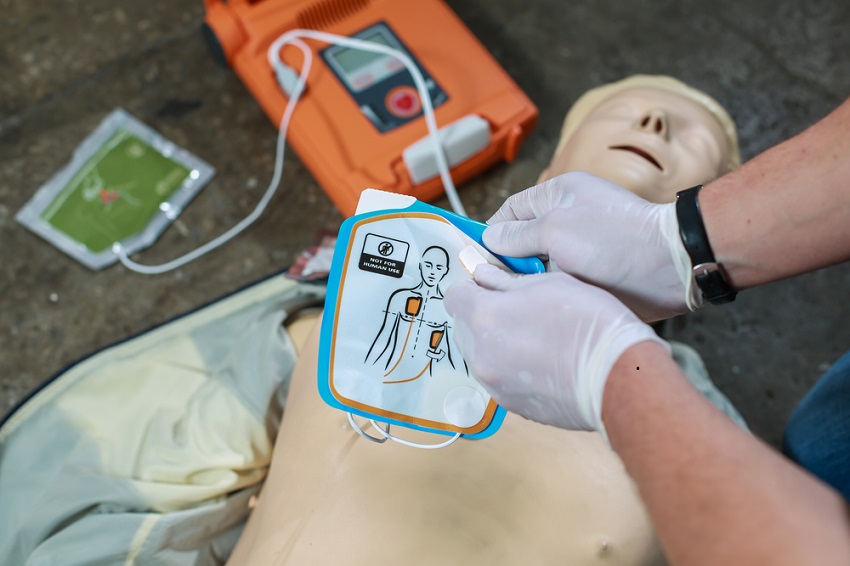Inequality in access to life-saving AEDs

A study by AUT and St John highlights a worrying discrepancy in the placement of life-saving AEDs (automated external defibrillators) in New Zealand.
Early defibrillation is a key factor in surviving an out-of-hospital cardiac arrest, something that can be done by accessing AEDs located within the community.
Those living in the least deprived, urban areas are much more likely to have access to AEDs than those in the most deprived or rural areas. It’s a statistic that St John Head of Clinical Audit and Research, Professor Bridget Dicker, is urging New Zealanders to turn around.
Professor Dicker, who is also an Adjunct Professor at AUT, says people in low income areas are not only twice as likely to suffer a cardiac arrest, but have considerably fewer public AEDs available.
“Pacific Island and Māori communities have a disproportionally higher incidence of OHCA associated with risk factors such as deprivation, diabetes and smoking. It is imperative we get AEDs into our most deprived areas and increase the chance of survival for our most vulnerable people”.
St John has an AED in Marae programme to provide training and AEDs to marae whānau, a programme than continues to grow each year.
Access to life saving AEDs is also limited in rural areas and St John encourages rural communities to get together to install AEDs that everyone can access.
Professor Dicker suggests that communities fundraise for AEDs and install them in places people can enter easily, such as sports grounds, supermarkets and schools. Every branch of ASB has an AED.
“Think about where to put the AEDs and make fundraising for them a community event”.
St John Medical Director, Dr Tony Smith, says survival rates can be doubled by stepping in quickly with CPR and using an AED.
“By placing AEDs in the community, and teaching people how to use them and do CPR, we can significantly increase the chance of survival for the thousands of people each year who suffer a cardiac arrest”.
People who know how to perform CPR or use a defibrillator can register with the GoodSAM app and be alerted to a cardiac arrest nearby, allowing them to provide CPR and use an AED before emergency services arrive, possibly saving a life.